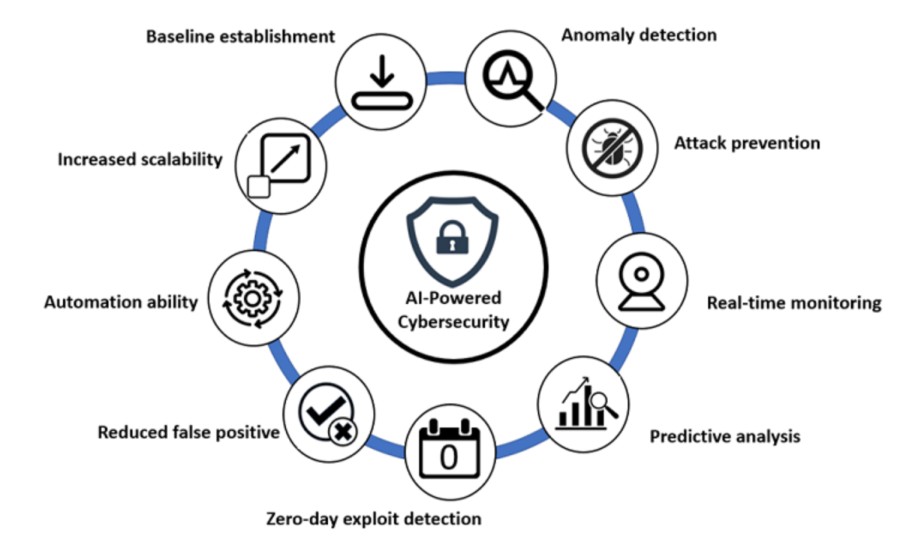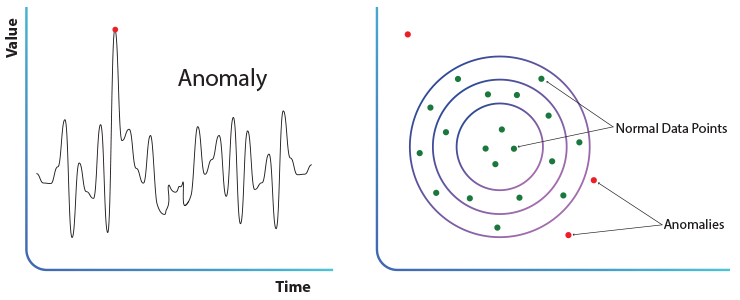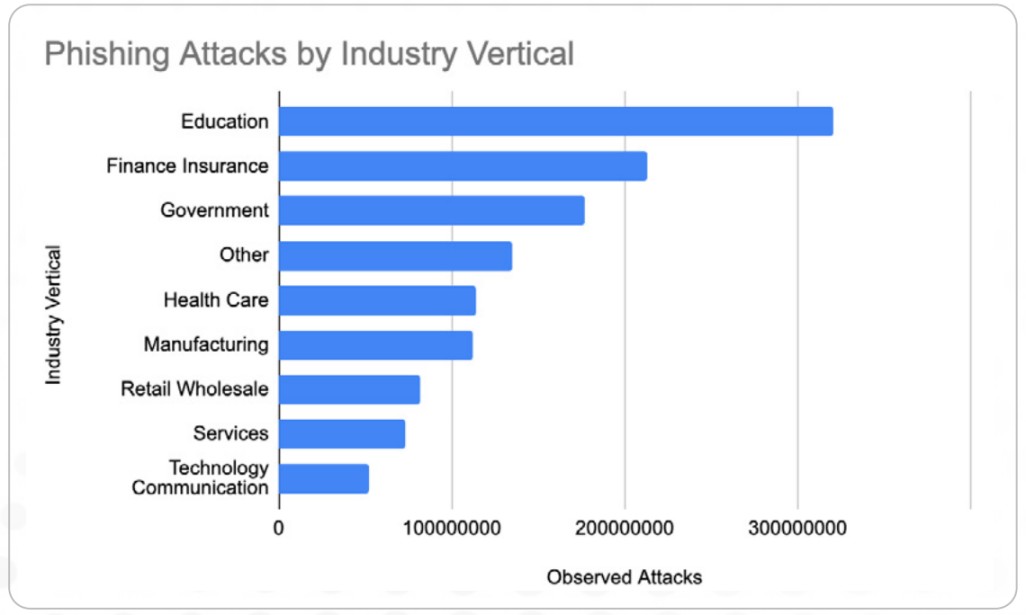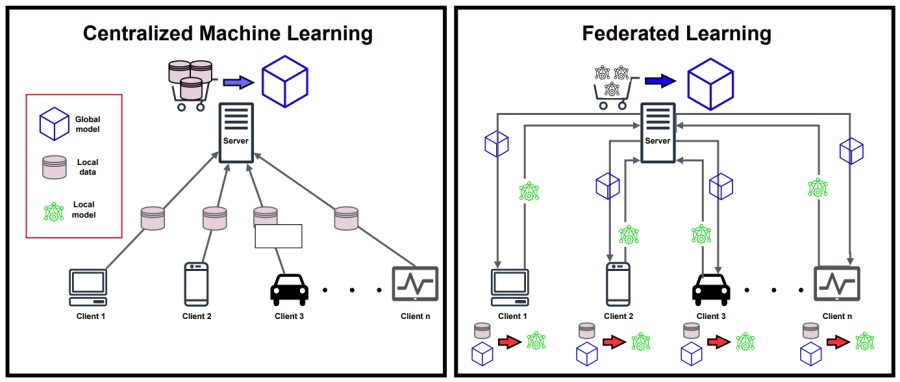Cybersecurity attacks are getting worse. Businesses faced about 1308 attacks every week. This shows the need for better defense mechanisms.
This is where Artificial Intelligence (AI) and Machine Learning (ML) come in. These technologies are reforming cybersecurity defense. They offer faster and smarter ways to prevent, spot, and stop the attacks.
In this post, you will learn how businesses can use machine learning and AI in cybersecurity. We have simplified the technical details so that you can feel confident about investing in an AI-powered cybersecurity solution.
What AI and machine learning can do for cybersecurity?
A data breach can destroy a company’s reputation and business in a single day. Again, stopping the breaches is not enough. We need advanced systems that can prevent them before they even take place. The role of AI in cybersecurity defense is exactly that. Let’s understand how:
1. Threat Prediction
AI helps predict cybersecurity threats by learning what “normal” behavior looks like on a network. It uses techniques like unsupervised learning and pattern detection to create models of typical operations, user activities, and system behaviors. These models are regularly updated to stay current with changes in the IT environment.
When new data comes in, AI analyzes it in real time using machine learning techniques such as:
- Pattern recognition: Identifying sequences of events or behaviours that match known threat patterns.
- Clustering: Grouping similar events or behaviours to spot potential threat categories.
- Classification: Identifying events or behaviours as safe or potentially harmful based on past data.
AI uses advanced algorithms, like deep learning, to detect complex attack patterns. It can recognize multi-stage attacks by connecting events across different parts of the network.
2. Detecting Complex Attacks
In the past, cybersecurity was simpler. It focused on finding known attacks, like spotting differences in a game.
Today’s cyber attacks are more complex and constantly changing. AI and machine learning are very helpful in spotting these new patterns better than humans can.
Intrusion detection systems (IDS) are new tools in cybersecurity. They monitor traffic and system activities to find possible security issues. IDS use rules or machine learning to detect these problems. When something unusual is found, they alert the security team immediately.
3. Anomaly Detection
Anomaly detection finds things that don’t look normal. It spots data or events that are different from what is expected. Graph neural networks (GNN) are good at this in cybersecurity. They work well with data that is connected like a graph and help find unusual patterns in data links.
For example, in a corporate environment, the detection system monitors user activities. GNN might identify an employee account accessing the network at an unusual hour, like 3:00 a.m. This account then accesses sensitive files not usually associated with the user’s role and initiates a large data transfer to an unknown external IP address.
Trained on normal network behavior, the system recognizes this sequence of events as highly unusual. It quickly generates an alert to ensure information safety for businesses.
Ready to leverage AI and machine learning for advanced cybersecurity protection?
Contact Growth Hackers
4. Threat Response Automation
When a threat is detected, every second counts. Traditional systems first flag an issue for human review, making the process slow and complex. But AI can take immediate action.
For example, an AI-powered security system monitors a company’s network and notices one computer acting strangely, possibly due to a ransomware attack. The system quickly disconnects the computer from the network, stopping the attack from spreading.
5. Handling Imbalanced Data and Batch-mode Processing
Cybersecurity teams deal with a lot of data, but actual malicious activities are rare. To manage this, they use batch-mode processing and balance the data.
Batch-mode processing involves collecting security logs and network data over time and analyzing them in bulk. To balance the data, techniques like over-sampling (adding more examples of rare events) or under-sampling (reducing common events) are used.
Once balanced, machine learning models are trained on this data. This helps the models become better at detecting rare but important security events. This approach improves the model’s ability to spot both common threats and sophisticated, less common attacks.
6. False Positive Reduction
False alarms are a big problem in cybersecurity. They waste time and resources, leading to alert fatigue where real threats are missed because teams are overwhelmed.
Advanced AI-powered cybersecurity solutions use a mix of rule-based systems and machine learning. Rule-based systems use predefined criteria to spot potential threats, providing a solid foundation. Machine learning adds adaptability and more detailed analysis.
For example, almost 1.2% of emails are malicious. If a business receives an unusual email, a rule-based system might flag it due to suspicious characteristics like unfamiliar domains or urgent requests for sensitive information.
A machine learning model then analyzes the email’s content, metadata, and factors like writing styles, historical patterns, and user behavior. This helps identify subtle signs of phishing that static rules might miss.
7. Privacy-Preserving Analysis
Privacy is a major concern when using AI and ML. AI can enhance security while keeping data private. Federated learning is a new method in cybersecurity that allows groups to work together on AI without sharing private data.
Here’s an example: three hospitals want to create an AI that detects early signs of a rare disease in medical images. They don’t want to share patient data due to data privacy risks, so they use federated learning.
- A central computer sends a basic AI model to all three hospitals.
- Each hospital trains the AI using its patient images, keeping the data private.
- The hospitals only send back the AI’s improvements, not the actual patient data.
- The central computer combines these improvements to make the AI smarter.
- This improved AI is then sent back to all hospitals.
This process continues until the AI becomes good at spotting the disease. The hospitals work together to create an AI tool without sharing private patient information.
8. Cross-Sector Scalability
AI and machine learning help businesses meet complex security regulations quickly, allowing them to enter new markets that were previously off-limits due to compliance requirements.
For example, e-commerce platforms use AI to scale once they meet basic security levels.
For instance, sellers can leverage AI to manage their inventory and streamline operations, such as when selling on multiple platforms, thereby saving time and increasing reach. This demonstrates the broad applicability of AI in improving both security and business operations.
AI and ML also enable e-commerce platforms to provide personalized recommendations and create targeted campaigns more easily. Additionally, AI algorithms can predict demand trends for various products.
Unlock the power of AI and machine learning to fortify your cybersecurity defense!
Benefits of using AI and machine learning in cybersecurity
Cybersecurity threat detection with AI and machine learning may seem like a complex process. But without these technologies, businesses are missing out on these benefits:
Enhanced Protection Against New Threats
AI goes beyond traditional methods by catching new, unseen attacks. It notices unusual patterns in network activity that old systems might miss.
AI uses advanced learning techniques to analyze large amounts of network data. Over time, it gets better at distinguishing normal activities from potential threats. This helps catch new types of attacks before they become serious problems.
By using AI, companies can protect themselves better against cyber threats. It’s like having a smart guard that learns and adapts to new dangers instead of just looking for known problems.
Future-proofed Security Measures
Unlike traditional methods that need frequent manual updates, AI systems learn and adapt on their own. They constantly monitor network activity and spot unusual patterns that might indicate new threats.
When they detect something suspicious, they can automatically adjust defenses. This approach offers better protection against evolving cyber threats without needing constant human intervention. It’s more efficient and cost-effective than old methods, making it easier for companies to maintain strong security.
Faster Threat Containment
Following cybersecurity best practices can be complex. Earlier, incident responses relied on human intervention, causing critical delays. AI automates real-time responses to specific cybersecurity attacks. This quick, repeated response contains threats faster, minimizing downtime and data loss.
Streamlined Regulatory Compliance
Manual compliance processes are complex and prone to errors. AI helps maintain consistent security policies and automatically documents compliance efforts. This reduces the risk of violations and associated fines.
Better Productivity
Before AI, cybersecurity was a manual and time-consuming task. But AI automates routine security tasks and provides actionable insights. This allows security teams to handle more with less effort.
Cost Effective Security Expansion
The global average cost of a data breach has reached USD 4.88 million- a 10% increase compared to the previous year and marking the highest total ever recorded. Again, traditional security systems need significant investment in hardware and personnel.
AI-powered solutions offer scalability for growing networks without proportional cost increases. This lets businesses expand their digital infrastructure while maintaining strong security without major additional investments.
With all these benefits, it is clear that the future of cybersecurity lies in the partnership between AI and humans. Together, they create a powerful defense against evolving cyber threats. With AI strategy consulting, businesses can find loopholes in their system and enhance their security.
Final Words on How to Use Ai & Machine Learning for Cybersecurity Defense
AI and machine learning are transforming cybersecurity from reactive to proactive. They spot threats faster than humans and respond in real time. These technologies are making top-notch security accessible to businesses of all sizes.
Ready to boost your digital defenses? Explore machine learning and AI-powered cybersecurity tools today. It’s not just about protecting your data – it’s about contributing to a safer digital world for everyone.
Growth Hackers is a reliable AI marketing company helping businesses from all over the world grow. There is no fluff with Growth Hackers. We help entrepreneurs and business owners strengthen their cybersecurity defense with AI and machine learning, increase their productivity, generate qualified leads, optimize their conversion rate, gather and analyze data analytics, acquire and retain users and increase sales. We go further than brand awareness and exposure. We make sure that the strategies we implement move the needle so your business grow, strive and succeed. If you too want your business to reach new heights, contact Growth Hackers today so we can discuss about your brand and create a custom growth plan for you. You’re just one click away to skyrocket your business.








